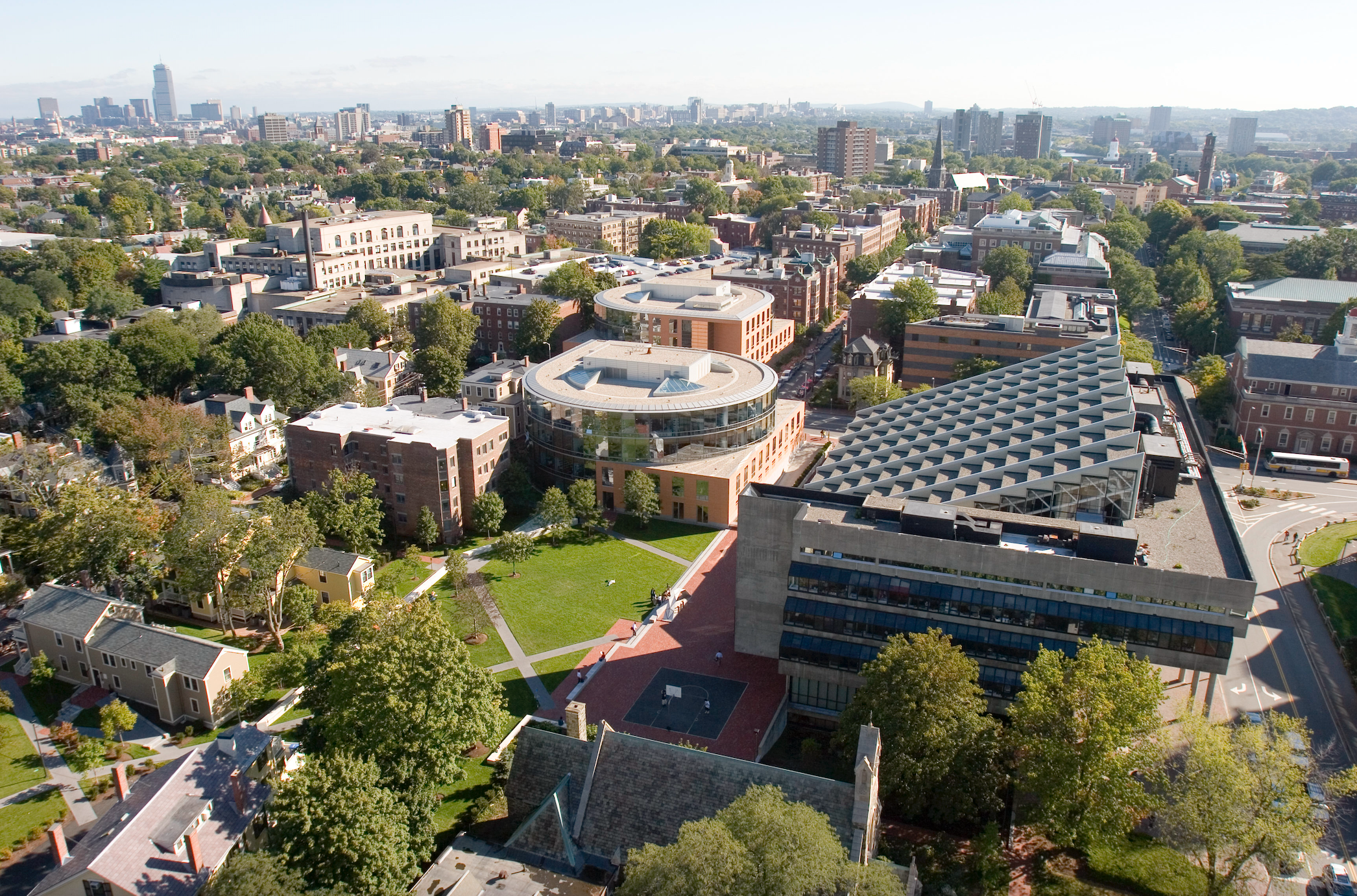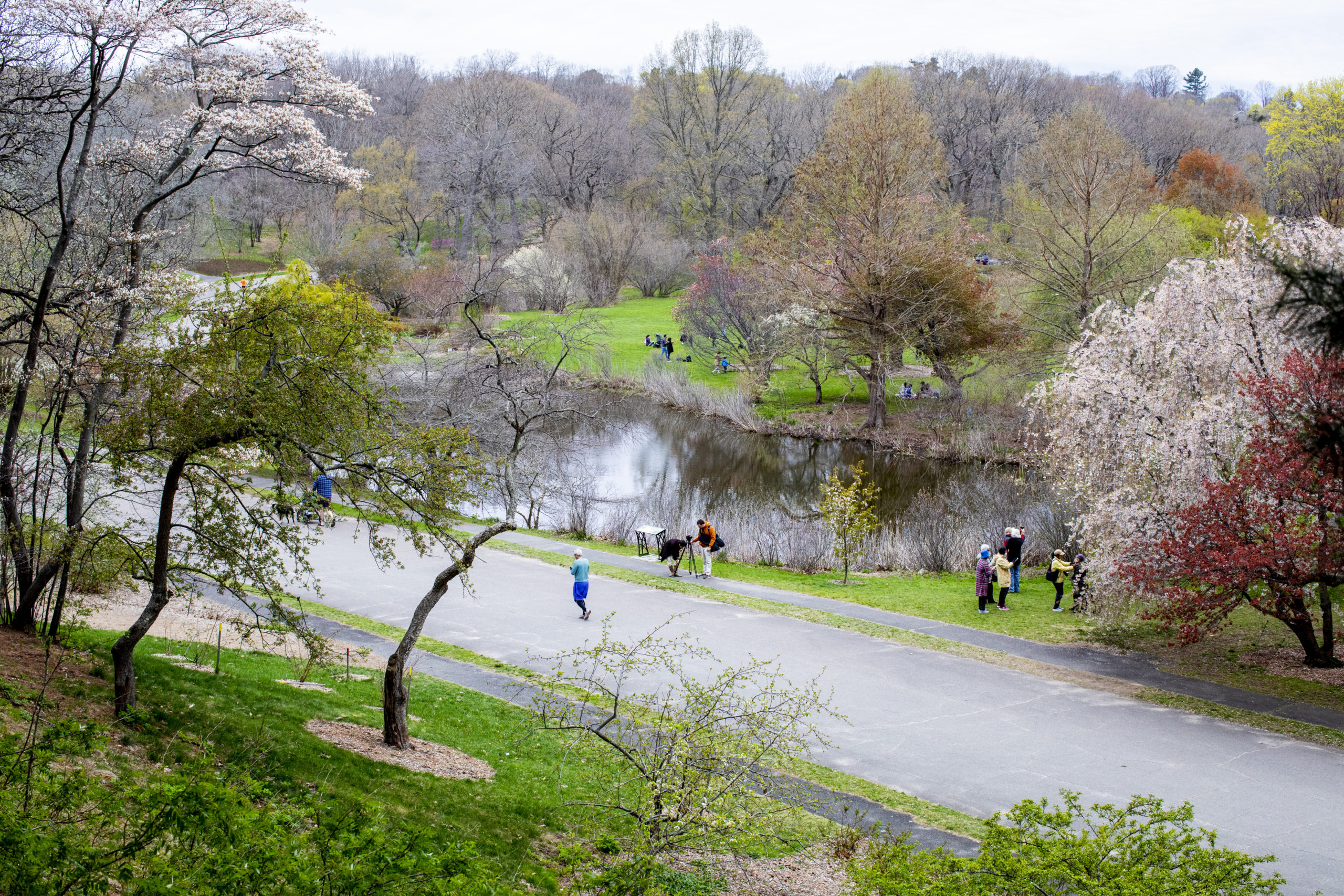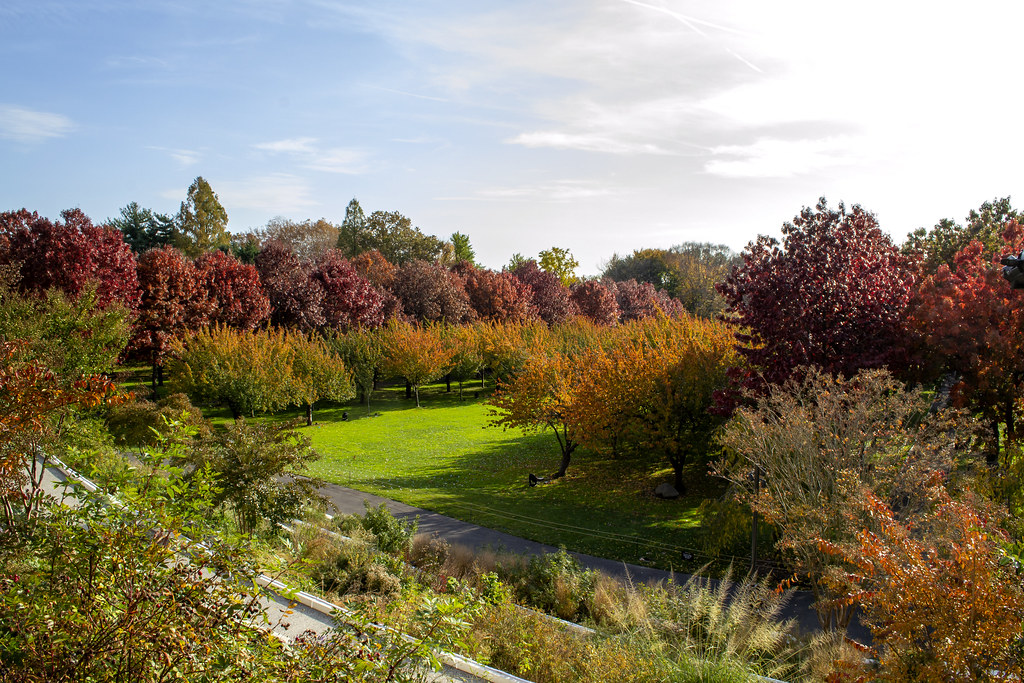
The Harvard University Graduate School of Design, in partnership with the Arnold Arboretum, will host a two-day academic conference as part of the national Olmsted 200 celebration. While Olmsted was central to the conceptual formation of the degree program in landscape architecture at Harvard University and the design of the Arnold Arboretum, the interpretive ambitions of the conference are anything but parochial.
“A Great American.” Under that unambiguous heading, in 1972 the Olmsted Sesquicentennial Committee elaborated its “simple” reasons for celebrating the living legacy of Frederick Law Olmsted: “to dedicate ourselves to the idea of human survival and to identify this dedication with America’s first and greatest environmentalist.”
Fifty years later into our ongoing act of survival, it is time again to reconsider the image of this representative American. America has changed, and so too have its notions of greatness, of identity, and certainly our understanding of the varied historical sources of environmentalism. To what ideas do we remain dedicated in the year of Olmsted’s bicentennial? The story of Olmsted is perhaps no longer so simple, yet more relevant than ever.
Not only as a landscape architect and designer of parks, but also and especially as a landscape architect and designer of parks, and suburbs, and public institutions, indeed the grounds of the United States Capitol, Olmsted was and remains a crucial figure in the definition of democratic space. Democracy needs its defenders, some of the most able of whom are its most severe but caring critics and friends.
The plural “perspectives” of the conference title is meant to invite diverse points of view. We welcome papers that draw attention to the several selves and careers of this “great American” at a time when greatness is far from an unambiguous good.
We invite scholarly papers on any subject appropriate to Olmsted studies, including but not limited to those that address:
-Olmsted as farmer
-Olmsted and the Sanitary Commission Olmsted in California
-Olmsted and the Columbian Exposition Olmsted on cities and suburbs
-Olmsted and the National Capitol
-Olmsted Office Law Olmsted Papers.
-Olmsted as writer, journalist, and reformer
-Olmsted and The Cotton Kingdom
-Olmsted on Staten Island
-Olmsted at Biltmore
-Olmsted shaper of institutions
-Olmsted abroad
Beyond Olmsted the “man,” itself an increasingly unstable category, there is the work of design and the built realization of public and private places, of democratic parklands and urban reservations, of suburban subdivisions, of asylums and a world’s exposition. Papers are invited on all aspects of the history, significance, and ongoing inhabited reality of the sites. We especially seek papers that examine Olmsted in an international perspective.
Submission Guidelines:
Please submit an abstract of no more than 300 words by Jan 15, 2022.
Abstracts should include paper title, contact information (name, title, organization, phone, email), and a 150-word biography of the author.
Email notification of accepted presentations will be sent by March 1, 2022.
Presentation:
Presentations are 30 minutes, including questions. Presenters will submit their papers by October 1, 2022.
Submit abstracts and/or any questions to Edward Eigen: eeigen@gsd.harvard.edu











